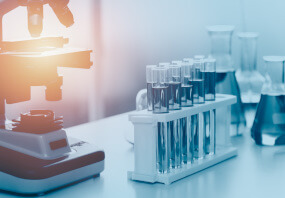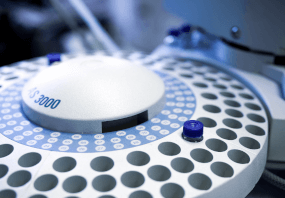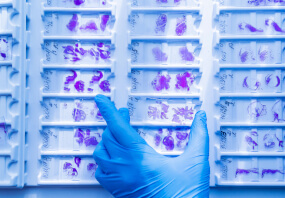Poly-D-Lysine Hydrobromide (PDL), a positively charged polymer consisting of lysine residues, where each lysine unit is associated with a hydrobromide molecule. This hydrobromide molecule gives the poly-D-lysine a unique characteristic, enabling it to form crystals and making it easily soluble in water-based solutions.Application:Poly d lysine hydrobromide coating has been used: In coating tissue culture plate wells and coverslips for immunofluorescence microscopy of primary neuronal culture to study neurological disorders associated with Zika virus infection. To coat the coverslips for enhancing the attachment and proliferation of the myenteric cells isolated from the rat intestines. In preparing surface of coverslips for cell attachment for studying the myenteric plexus of rat’s small intestine.Poly-D-lysine polymers can be used in preparing surfaces for cell attachment. The D-lysine polymers can also be used with cells that digest poly-L-lysine polymers and cause an excessive uptake of L-lysine. This product is recommended as a cell culture substratum when using 0.5 - 1.0 mL of a 0.1 mg/mL solution to coat 25 cm2. Lower molecular weight versions of the product are less viscous, but high more molecular weight versions provide more attachment sites per molecule.
Specification: γ-irradiated, BioReagent, for cell culture, average mol wt 30,000-70,000, lyophilized powder
MDL Number: MFCD00131934
PubChem CID: 87493163
Isomeric SMILES: C(CCN)C[C@H](C(=O)O)N.Br
- UPC:
- 51202304
- Condition:
- New
- Availability:
- 4-8 weeks
- Weight:
- 0.07 Ounces
- HazmatClass:
- No
- WeightUOM:
- LB
- MPN:
- P755746-5×5mg
- CAS:
- 27964-99-4
- Product Size:
- 5×5mg












